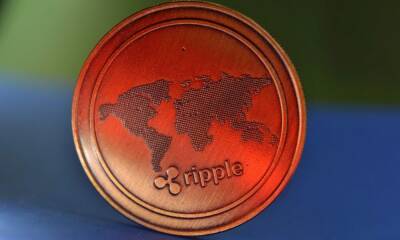Sanctions and trade: Iran aims to develop a central bank digital currency
As payment methods continue to evolve, new innovations are improving financial infrastructures that have been in use for years. Currently, central bank digital currencies (CBDCs) are a topic that has grabbed the attention of many nations worldwide including the Islamic Republic of Iran.
The Middle Eastern nation has faced considerable economic and financial hardships due to sanctions imposed on it by the United States and believes that piloting a CBDC can resolve problems associated with the blockade.
Furthermore, some view a CBDC as a potential solution to the country’s perceived corruption problem.
Corruption allegations have trailed Iran for decades. The Corruption Perception Index published by Transparency International in 2020 had scored Iran 25 out of 100. Among those indicted in corruption allegations are high-profile government officials including top judges and a parliament speaker who have been recently jailed.
In 2018, Iran began its journey to digitalizing its currency when the Central Bank of Iran (CBI) directed the Informatics Services Corporation, an executive arm of the central bank concerned with payment and automation services, to build a CBDC.
Local media outlet Ilna reported in January that the Deputy Governor for Information Technology at the CBI, Mehran Moharamian, said that CBDC development is expected to start soon. However, he declined to provide any exact dates for the pilot.
There are reports that the Iranian CBDC was developed with the Hyperledger Fabric protocol hosted by the Linux Foundation, but these reports are unconfirmed by either Hyperledger or the central bank.
Ehsan Ghazizadeh, CEO of a local cryptocurrency exchange called Exchange Iran (EXIR), told Cointelegraph that “there is no specific
Read more on cointelegraph.com





















